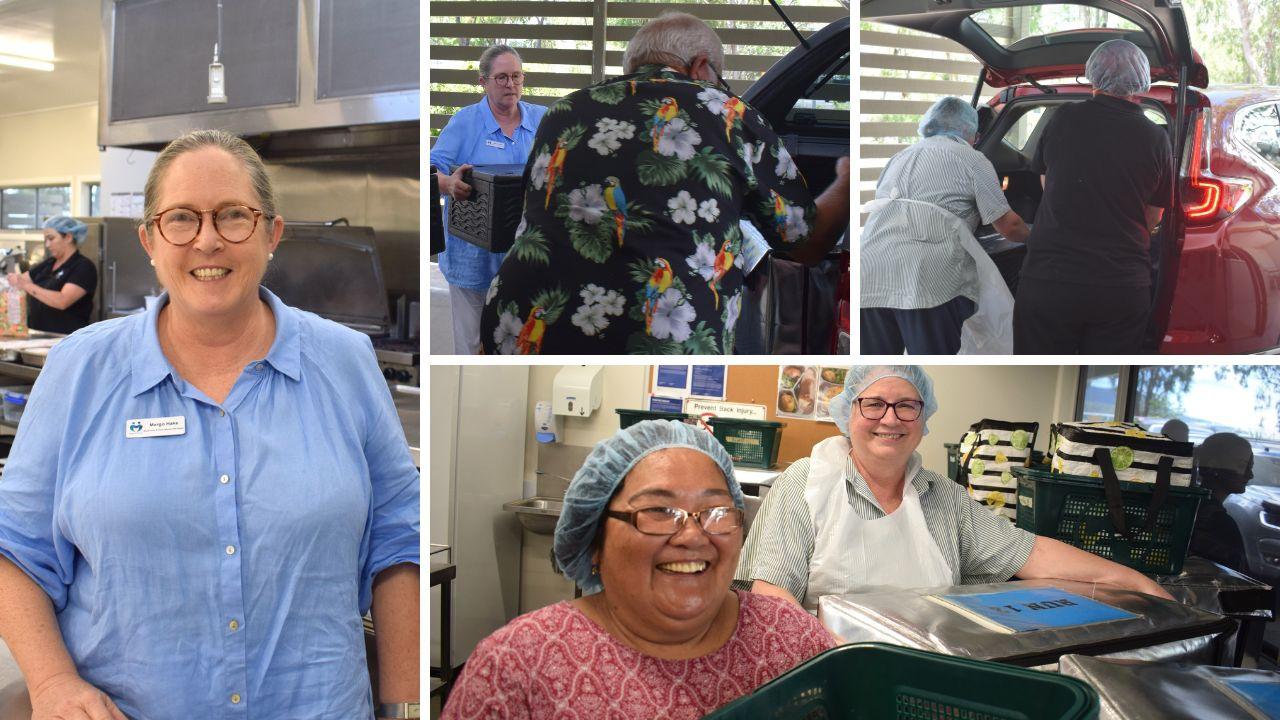Former Childers and Yeppoon paramedic Gary Cotterill retires
He’s saved hundreds of lives, delivered babies on the roadside, and was involved in an emergency response that will forever go down as one regional town’s darkest day. Now after 44 years a much-loved paramedic has hung up his stethoscope.
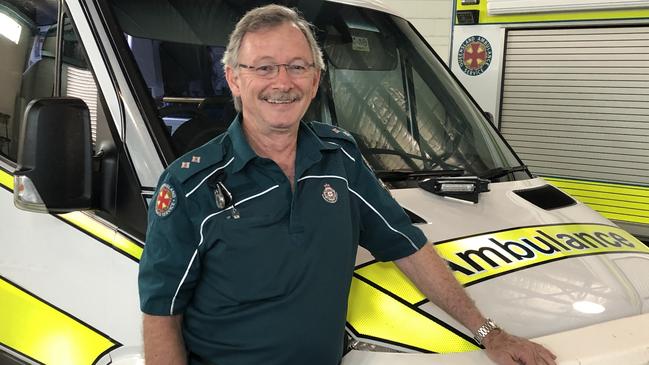
Rockhampton
Don't miss out on the headlines from Rockhampton. Followed categories will be added to My News.
In his 44-and-a-half year career as a paramedic, Gary Cotterill has saved hundreds of lives.
From the devastating Childers Palace Backpackers Hostel fire to delivering babies on busy highways, fatal crashes and saving the community’s most vulnerable – no day on the job was the same.
But after more than four decades on the frontline, Mr Cotterill has turned off the red and blue lights for the last time and hung up his stethoscope as he enters the next phase of his life – retirement.
In 1979, at just under 26 years old, Mr Cotterill, who was an electrician, joined the Queensland Ambulance Transport Brigade (QATB) after a work colleague was injured.
He never looked back.
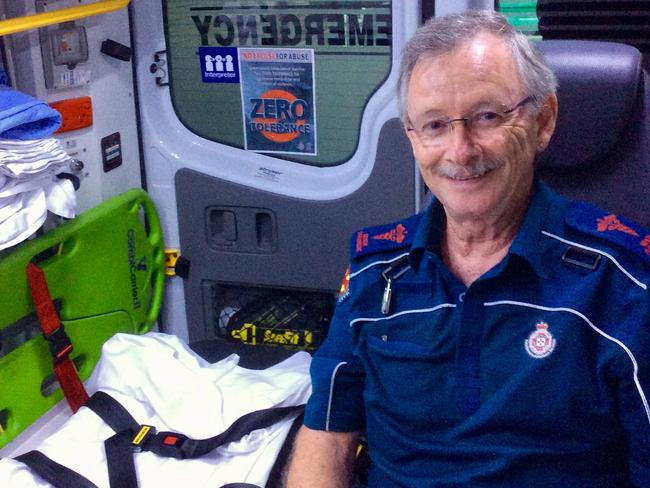
“I was working on the Queensland Cultural Centre at the time and I loved doing what I did, but I just couldn’t see myself doing it for the rest of my life,” he said.
“One of our guys got injured and we had to call an ambulance and while they were there I was talking to one of the ambos and asking what the job was about.
“He said they were looking for people so I went and spoke to them and I did about 16 weeks, a few nights a week, training and ended up joining the QATB which went into the QAS.
“I think I was pretty lucky, I gravitated into the job I was absolutely meant to do and I loved every minute of it.”
Since starting out, Mr Cotterill has seen huge changes in the job with the advancement of medicine and technology.
“The difference back then is changes didn’t come as rapidly as they do now, change happens everyday and it’s not just ambulance it’s in everything,” he said.
“The advances in technology … the amount of new drugs that come up that you have to be on top of because you go to a patient and you’ve got to know what the drugs are for and what they’re taking them for.
“I remember when they changed the types of insulin, back then it took two or three years but now it happens overnight.
“When I first started we were taught to put oxygen on everybody, basically whether they needed it or not, and that wasn’t just in Queensland that was around the world – but now we have a certain level where we look at the patient and we can diagnose that with the machinery we’ve got.”
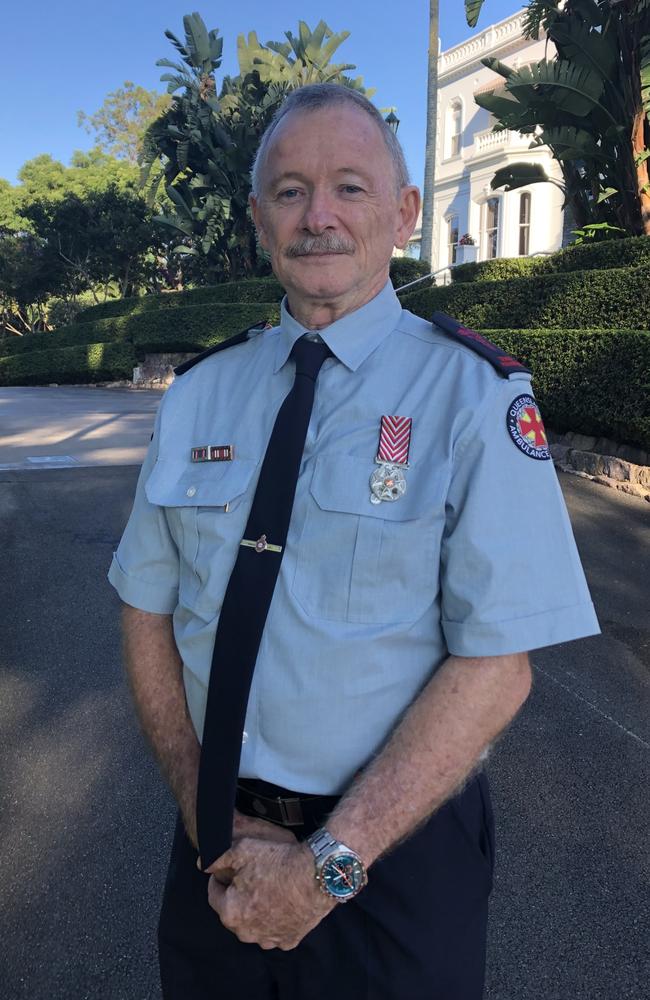
While he started out in Brisbane, Mr Cotterill spent a lot of time in regional towns such as Weipa, Emerald and Yeppoon.
“There’s never a day that’s the same, there’s never a patient that’s the same,” he said.
“You can have two patients with exactly the same disease, in exactly the same place and they’re different by a long way.
“You can see things (on the job) that you’ll never, ever see again in your life.”
Mr Cotterill said one of the first jobs he was called out to was a crash in the Brisbane area where a young boy was critically injured.
But he said some of the most memorable were the ones that don’t necessarily make the news.
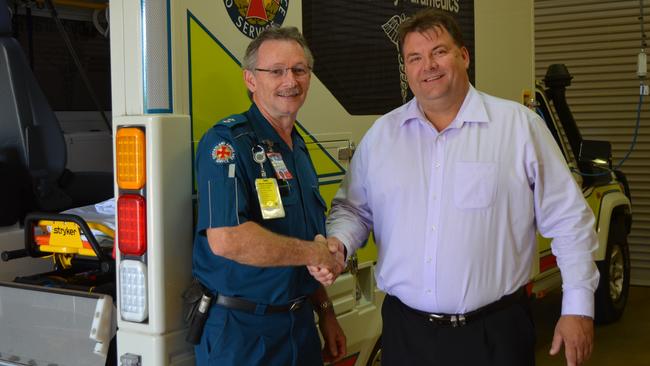
“The nice ones are when you get called to a cardiac arrest and you get them back, you can’t duplicate the feelings of that, and to successfully resuscitate or save a child is off the charts, it’s a feeling that’s just way out on it’s own,” he said.
“But some of the nicest jobs aren’t the big ones that make the news.
“At Emerald we used to pick up one guy at a nursing home and we’d see these medals and we found out he, at 18, was an anti aircraft gunner taking on the Pacific Islands taking on Japanese planes; that’s pretty courageous stuff, he’s in his 90s and he’s just an amazing person.”
Mr Cotterill is best known for his role at the Childers, where he worked and lived for 23 years as a paramedic and officer in charge of the Childers Ambulance Station.
“In the smaller communities you’re part of the community, you know just about everyone and they know you,” he said.
“When you walk down the street everyone says hello.”
During his time in Childers Mr Cotterill was heavily involved in the emergency response to the devastating Childers Palace Backpackers Hostel fire in June 2000.
The devastating blaze claimed the lives of 15 backpackers who were staying at the hostel.
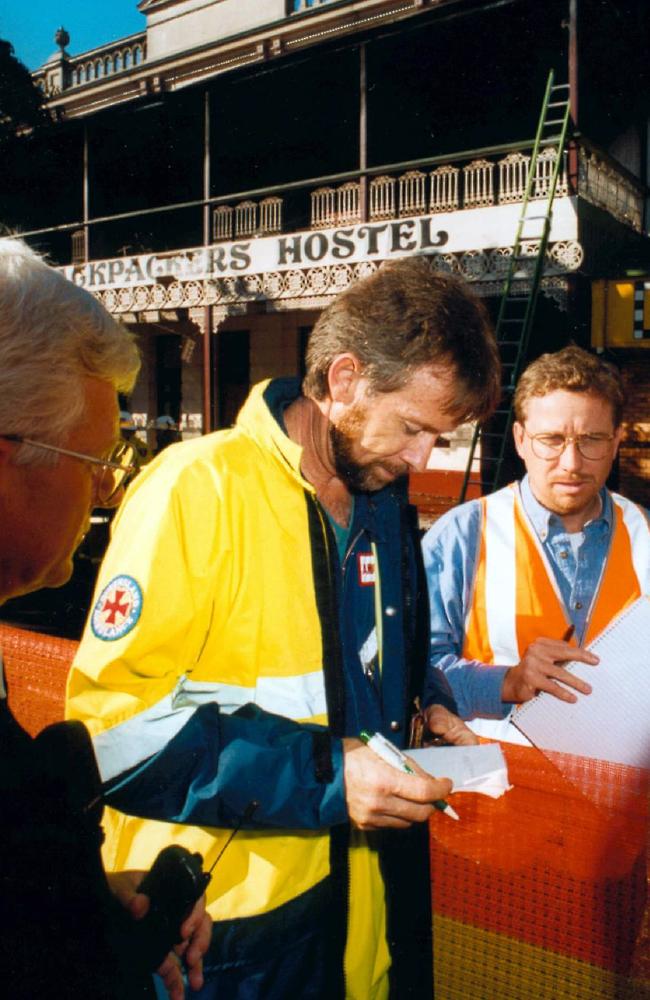
Mr Cotterill was voted as paramedic of the year that same year for his work during the incident and a number of other high acuity incidents around the same time.
In 2001 he received the Ambulance Service Medal.
“Any emergency services person that was there, it stands out, to doubt it isn’t even a question,” he said.
“Fortunately all the emergency services did a fantastic job on that, they set a benchmark for that sort of thing and that’s been recognised.
“There’s a reason that happened and that was it was a small town and we all knew each other, we knew each other well, we were mates, we socialised together so we trusted each other.”
From there Mr Cotterill moved to Emerald where he worked for two and a half years as a paramedic to be closer to his kids and grandkids, before spending the last few months of his career in Yeppoon.
But as he moved into the next phase of his life, he won’t be slowing down too quickly, with a number of things to keep him busy including pottering around in his shed at home in Emu Park and visits to his kids and “grandcritters”.
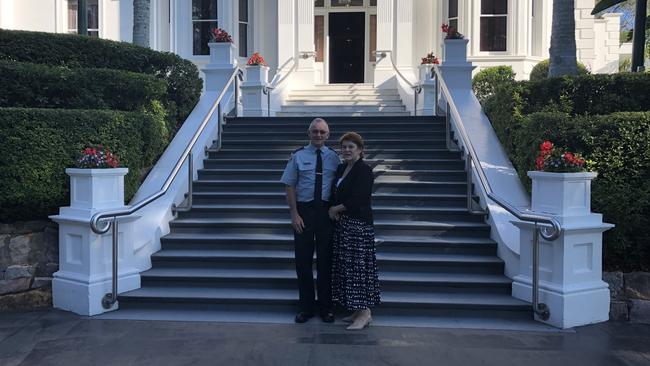
He had his last shift at the Yeppoon Ambulance Station on New Year’s Eve.
“I just look at it as another phase, I tried it about four or five years ago and it wasn’t for me so I went back to work, I just wasn’t ready,” he said.
“Going into retirement is one of the biggest decisions you make in your life … when I left work on Sunday I didn’t have any regrets.
“I’ve got lots of things to keep me busy.”


